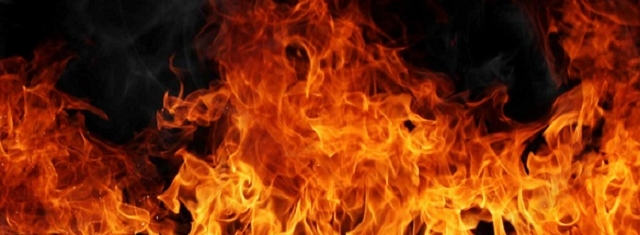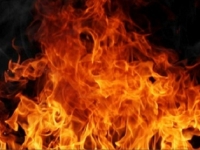Lifestyle
A SERIES OF FIRES ACCROSS CALIFORNIA BURNING THOUSANDS OF ACRES
PUTTING THOUSANDS OF PEOPLE IN DANGER

(Source: © Ruby BIRD & Yasmina BEDDOU)
USPA NEWS -
Recently, around twenty fires have destroyed tens of residences and continue to post a threat to thousands of buildings. A temperature change left high hopes for a slowdown in the spread of the fire but the authorities are pessimistic because of the severely dry californian land.
Already in June, hundreds of homes were evacuated in Southern California as a three-alarm brush fire started in Los angeles County, according to local media. A smoke advisory has been issued for the Santa Clarita Valley by the South Coast Air Quality Management District. It was mentioned by weather.com, at that time that Southern California could see more wildfires in the coming days. Still in June, Governor Jerry BROWN urged Northern California residents to gather additional ressources declaring a state of emergency.
More recently, the severe drought that has been plaguing the state is said to be a major contributor to the fires, according to the Governor's office. Issuing the state of emergency will help to get more firefighters and disaster relief ressources to help combat the flames. According to the spokesman for the Cal Fire (California Department of Forestry & Fire), wind and the area's mountainous ground have caused the fires to spread over 24,000 acres with the flames eating up 47,000 acres in Lake, Yola, and Colusa counties.
Cal Fire added later on, that the current strategic contraints include lack of access to areas of the fire, very hot and dry weather, critical fuel and changing winds. The impact on civilians' evacuations was on 12,100 people living in over 5,156 residences. The drought in the state during the past four years has caused ideal conditions for wildfires to burst out.
Fire Los Angeles County Fireman Authorities Temperature Home Burn Residence Evacuation Contraint Resources Freeway Las Vegas Helicoptere Forestry Fire Protection
Liability for this article lies with the author, who also holds the copyright. Editorial content from USPA may be quoted on other websites as long as the quote comprises no more than 5% of the entire text, is marked as such and the source is named (via hyperlink).






